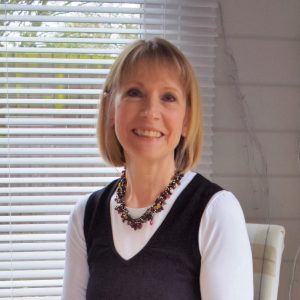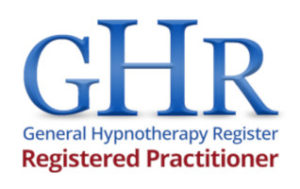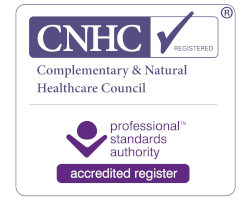Origins
It is believed that originally we walked on our bare feet over rough terrain delivering stimulus which is thought to have provided the body with a means of self-healing.
Working on feet as a therapy can be evidenced going back over thousands of years in countries such as Egypt, India, China, Japan and native America, Mexico, Greece and several cultures of the Middle East, as well as the Aborigine of Australia.

Techniques and maps of reflexology have been studied and refined by many learned people around the world to give us the powerful therapy we have today, the following are a selection of those who have taken a leading role in this.
The precursor to modern Reflexology began with Dr William Fitzgerald, (1872 to 1942), an ear, nose and throat specialist who practiced mostly in America, briefly in London, and 2 years in Vienna. Through his research he found that by applying pressure to the tips of the fingers or toes, a corresponding part of the body received pain relief. This led him to believe they were linked by a flow of energy and after much research came to develop a healing system he called Zone Theory, or Zone Analgesia. Dr Fitzgerald discovered a very interesting fact, that the application of pressure on the zones not only relieved pain, but in the majority of cases also relieved the underlying cause as well.
In the early 1930’s Eunice D Ingham, a Physical Therapist, developed her foot reflex theory, and was fascinated by the concept of Zone Theory. She felt that the therapy could be more effective on the feet than the hands and after extensive research evolved a map of the entire body on the feet. Eunice Ingham spent 30 years travelling around America teaching reflexology to doctors and nurses, and then to non-medical practitioners. She developed charts and theories called the Ingham Method that form the basis of modern Western reflexology today.
Hanne Marquardt studied with Eunice Ingham in the late 1950′s in America and brought Reflexology to Germany. Previously to meeting Eunice, Hanne had spent nine years studying her work. Since then she has refined and developed her work and made some crucial adaptations, changing the name of what she practiced and taught to Reflexotherapy. She emphasised the transverse zones of the body; the head and chest, the abdominal and pelvic areas, demarcated by the diaphragm line, the waistline and the heel-ankle line. In 1984 Hanne published the first British publication on reflexology since Eunice Ingham’s books, “Reflex Zone Therapy of the Feet”. Hanne now lives in the Black Forest in Germany and has trained over 30,000 people. Due to her own medical training, she has taught those with a medical/therapeutic background and also validated and researched her findings with her own patients.
Another student of Eunice Ingham was Doreen Bayly who trained with her in America and then represented her in Great Britain where she held training courses since the early 1960’s. In 1978 Doreen founded the Bayly School of Reflexology, which is still running today and is headed by the Director, Nicola Hall, who trained with Bayly. The Bayly method of treatment applies pressure to reflex points with a flexed thumb or finger using a firm but not heavy pressure. This is believed to be less stressful on the therapists thumbs and more relaxing for the patient.
Today, two world-renowned names in Reflexology research, practice, regulation and documentation of reflexology for over 30 years is Barbara and Kevin Kunz who run a reflexology practice in Santa Fe, New Mexico. They have written many books on the subject, their first is “Reflexology: Health at Your Fingertips” produced in 16 languages and are the co-directors of the organisation Reflexology Research.
Joseph Corvo is allegedly one of the world’s leading zone therapists who adopts Dr Fitzgerald’s theory and is in practice today, with some very high profile clients from film, media, politicians and royalty. He has published seven zone therapy books including “Healing with Colour Zone Therapy” and “Natural Face Lift”.
Another modern day pioneer in Reflexology research is Chris Stormer, nurse and midwife. She takes a holistic approach to Reflexology and believes the feet reflect the state of the mind, body and sole, and that feet constantly change their characteristics. She also believes feet have much to say about how the quality of life impacts on the mental, physical, emotional and spiritual balance of an individual. Chris Stormer has written 7 books on the subject and holds workshops around the world, and is founder of the Reflexology Academy of South Africa.
SOURCES
USA Institute of Reflexology web site
thinks.com and reflexologyacademylondon.com web sites
briteflex.co.uk and starlighttherapy.weebly.com web sites
University of Minnesota – http://www.takingcharge.csh.umn.edu/
The Language of the Feet



